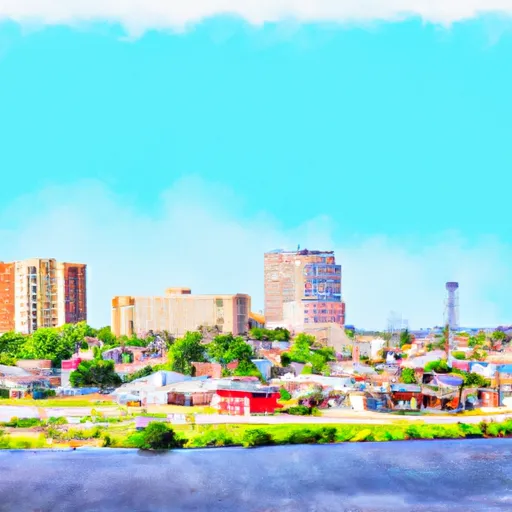°F
°F
mph
Windspeed
%
Humidity











Port Vincent is a small town located in Livingston Parish, Louisiana. Situated near the eastern shore of the scenic Lake Maurepas, Port Vincent experiences a humid subtropical climate, characterized by hot, humid summers and mild winters. Summers are typically hot with temperatures averaging in the high 80s Fahrenheit, while winters are mild with temperatures ranging from the mid-50s to low 60s Fahrenheit.
The town is encompassed by the natural beauty of the Amite River Basin, which contributes to the hydrology constituents of the area. The Amite River and nearby Lake Maurepas provide ample opportunities for fishing, boating, and other water-based activities. Anglers can try their luck at catching bass, catfish, and panfish in these waters.
In addition to water activities, outdoor enthusiasts can explore the nearby Tickfaw State Park, located just a short drive from Port Vincent. The park offers hiking trails, picnic areas, and opportunities for wildlife viewing. The mild climate and beautiful surroundings make Port Vincent an ideal destination for those seeking outdoor recreation and a tranquil escape from city life.
Weather Forecast
Port-Vincent receives approximately 1593mm of rain per year, with humidity levels near 89% and air temperatures averaging around 20°C. Port-Vincent has a plant hardyness factor of 8, meaning plants and agriculture in this region tend to thrive here all year round.
Regional Streamflow Levels
112
Cubic Feet Per Second
3
Cubic Feet Per Second
26
Cubic Feet Per Second
193
Cubic Feet Per Second
Nearby Camping
| Camping Area | Reservations | Toilets | Showers |
|---|---|---|---|
| Grand Gulf Military Park | |||
| North Rec Composite | |||
| Leroy Percy State Park | |||
| South Recreation Composite | |||
| Rocky Springs - Natchez Trace Pkwy | |||
| Clear Spgs Rec Area |



